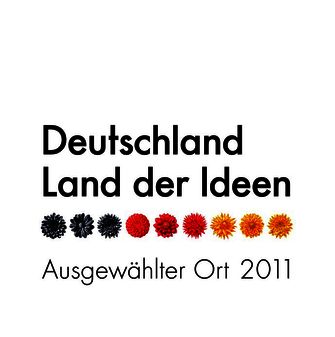Tetramethylol acetylenediurea
MAK Value Documentation – Translation of the German version from 2023
Andrea Hartwig1 (Chair of the Permanent Senate Commission for the Investigation of Health Hazards of Chemical Compounds in the Work Area, Deutsche Forschungsgemeinschaft)MAK Commission2
1 Institute of Applied Biosciences, Department of Food Chemistry and Toxicology, Karlsruhe Institute of Technology (KIT), Adenauerring 20a, Building 50.41, 76131 Karlsruhe, Germany
2 Permanent Senate Commission for the Investigation of Health Hazards of Chemical Compounds in the Work Area, Deutsche Forschungsgemeinschaft, Kennedyallee 40, 53175 Bonn, Germany
Abstract
The German Senate Commission for the Investigation of Health Hazards of Chemical Compounds in the Work Area (MAK Commission) has evaluated the data for tetramethylol acetylenediurea [5395-50-6] to derive an occupational exposure limit value (maximum concentration at the workplace, MAK value) considering all toxicological end points. Relevant studies were identified from a literature search and also unpublished study reports were used. Tetramethylol acetylenediurea releases formaldehyde in aqueous solution. Tetramethylol acetylenediurea is expected to occur in aerosol form because it has a very low vapour pressure. At a concentration of 21.7 mg/m3 slight irritation in the larynx of rats occurs probably due to the impaction of the aerosol used in the study. Effects in the nasal cavity were observed at 96 mg/m3 and above. Since 2014, the Commission has used an empirical approach for deriving MAK values for substances that induce effects on the upper respiratory tract as their critical effect. On this basis, the maximum concentration at the workplace (MAK value) has been set at 0.5 mg/m3. As the critical effect of tetramethylol acetylenediurea is irritation, Peak Limitation Category I has been assigned with an excursion factor of 2 in analogy to the classification made for formaldehyde. In rats, the NOAEL for developmental toxicity induced by tetramethylol acetylenediurea is 450 mg/kg body weight and the NOAEL for perinatal and parental toxicity is 1000 mg/kg body weight. As no teratogenicity was observed and the margins between the NOAELs and the MAK value are sufficiently large, tetramethylol acetylenediurea has been assigned to Pregnancy Risk Group C. Formaldehyde was classified in Carcinogen Category 4 because it causes nasal tumours at concentrations that exceed the detoxification capacity of that tissue. Studies investigating the carcinogenicity and germ cell mutagenicity of tetramethylol acetylenediurea are not available. Thus, in analogy to the classifications made for formaldehyde, the substance has been assigned to Carcinogen Category 4 and Germ Cell Mutagenicity Category 5. Clinical findings show sensitizing effects on the skin and tetramethylol acetylenediurea has therefore been designated with “Sh”. There are no data for respiratory sensitization. Dermal absorption is not expected to contribute significantly to systemic toxicity.




